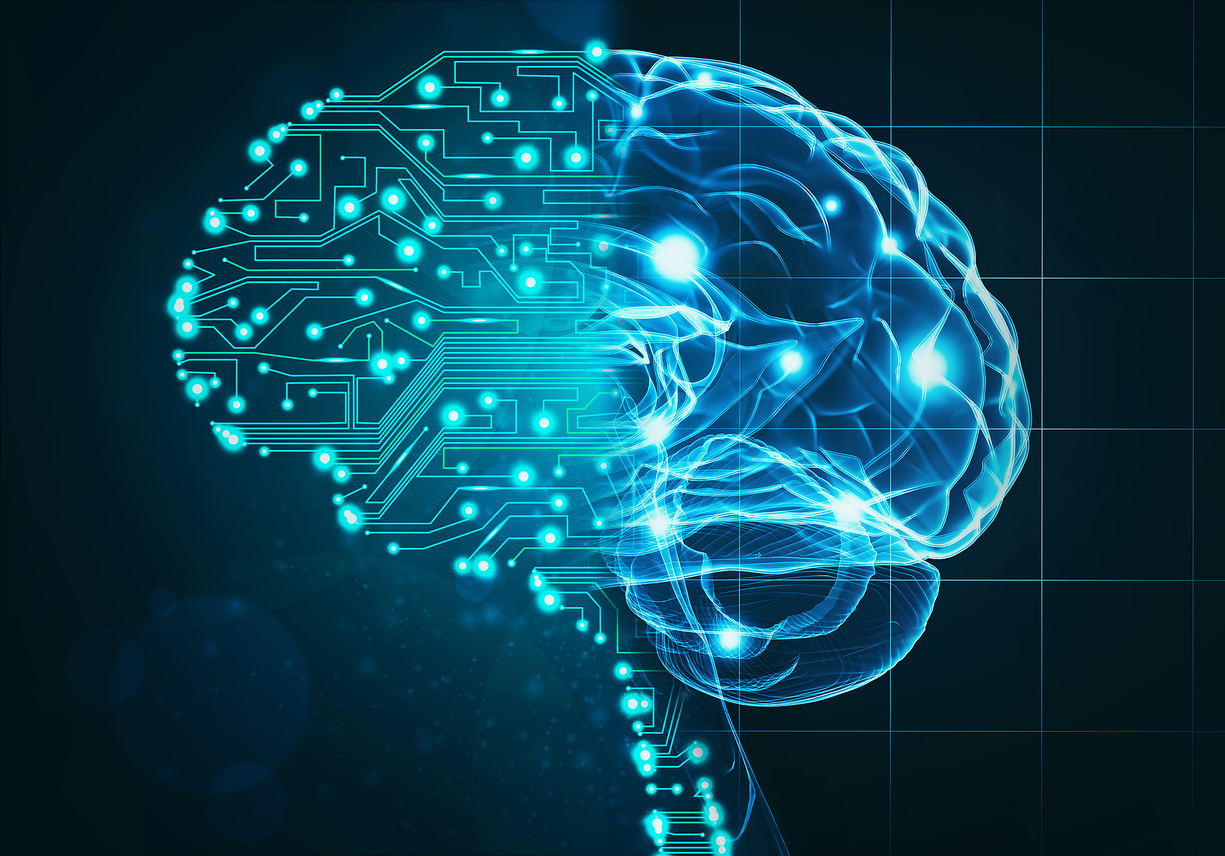“We don’t feel we have had straight answers from Facebook on these important issues, which is why we are releasing the documents”
-Damian Collins, member of Parliament and committee chair
It's been a year full of controversies for Facebook. Just a month after the New York Times published a report on the tech giant’s questionable leadership morales, a UK parliamentary committee published 250 pages’ of Facebook internal documents, including e-mails sent between CEO Mark Zuckerberg and other senior executives. The documents published yesterday, threw light on how Mark Zuckerberg and other executives tired to monetize their valuable user data, allowing apps to use Facebook to grow their network- as long as it increased usage of Facebook, strict limits on possible competitor access and much more.
The files were seized by UK authorities just over a week ago to assist the investigation of the Cambridge Analytica scandal. Damian Collins, the chair of the select committee on culture, media, and sport, invoked Parliament’s summoning rights to force Ted Kramer, founder of the US software firm Six4Three, to release the documents. Kramer has been involved in a legal battle with Facebook since 2015 over developer access to user data.
Kramer was addressed by a security representative at his hotel and was given a two-hour deadline to give the papers up. When Kramer failed to do so, he was escorted to Parliament and he proceeded to hand the documents over. The documents were believed to contain details on Facebook’s data and privacy controls that led to the Cambridge Analytica scandal, including e-mails between senior executives including CEO Mark Zuckerberg.
“I believe there is considerable public interest in releasing these documents. They raise important questions about how Facebook treats users data, their policies for working with app developers, and how they exercise their dominant position in the social media market.”
-Damian Collins
Some highlights from the documents
The alarmingly casual tone of Mark Zuckerberg's reply ‘“Yup, go for it.” on the suggestion by an engineer that the better way of going about the possible competitive threat Twitter’s “Vine” could cause Facebook, would be to cut off Vine’s access to Facebook data.
Facebook found ways to access users’ call history in order to make “People You May Know” suggestions and tweak news-feed rankings. This was done without alerting users about the decision.
One of the documents points out how Zuckerberg personally reviewed a list of apps from strategic competitors who were not allowed to use Facebook’s advertising services or services for applications “without Mark level sign-off.’
Facebook used Onavo (an Israeli analytics company) to check customers’ usage of mobile apps, again, without their knowledge. The analytics showed the company how many people had downloaded apps and how often they used them. This information was used to understand if a potential company can be acquired or considered as a threat.
Here is Facebook’s ‘Industry update’ presentation based on Onavo data, 26 April 2013 that shows the market reach of popular media apps.
Mark Zuckerberg encouraged “full reciprocity” between Facebook and app developers: The email said, “you share all your data on users with us, and we’ll share all of ours with you”.
Facebook “whitelisted” certain companies, (it is unknown on what basis this list was made). These companies, including Airbnb, Netflix, and Badoo; which had full access to users’ friends’ data after platform changes in 2014-15.
The documents also highlights that in a 2012 email, Zuckerberg suggested making Facebook login and posting content on the platform free and charge “a lot of money” to read user data, from the network. According to Facebook, as of today, that proposal was never implemented.
However, executives also seemed concerned that enabling Facebook logins and data access for potentially competing platforms could ultimately affect user activity on Facebook itself.
On of Zuckerberg’s emails of 2012 stated, “Sometimes the best way to enable people to share something is to have a developer build a special purpose app or network for that type of content and to make that app social by having Facebook plug into it. However, that may be good for the world but it’s not good for us unless people also share back to Facebook and that content increases the value of our network.”
Mark Zuckerberg’s reply to the leaked emails
In a Facebook post on Wednesday, Mark Zuckerberg responded to these publicly released documents. In a way, his post seems to, once again, deflect reader attention from the matter at hand and focus on explanations that do not address the concerns arising from the document leak.
He claims that the company limited access to data to “prevent abusive apps” starting in 2014. This was done to prevent sketchy apps like the quiz app that sold data to Cambridge Analytica from operating on Facebook’s platform.
He further added that limited data extensions were given to particular developers and that whitelists of developers allowed to use certain features are commonly used in beta testing. “In some situations, when necessary, we allowed developers to access a list of the users’ friends,” according to Facebook.
In a later statement emailed to Fast Company, the company mentioned that some of the documents, which were originally turned over in a California lawsuit, could be misleading and don’t necessarily reflect actual company practices.
“As we’ve said many times, the documents Six4Three gathered for their baseless case are only part of the story and are presented in a way that is very misleading without additional context,” a spokesperson wrote. “We stand by the platform changes we made in 2015 to stop a person from sharing their friends’ data with developers. Like any business, we had many of internal conversations about the various ways we could build a sustainable business model for our platform. But the facts are clear: we’ve never sold people’s data.”
These constant controversies have put the workforce at Facebook ill at ease. In an anonymous interview to Buzzfeed, two former employees said the “spate of negative reports has cast a shadow over the company in recent weeks”. The report also mentions how current and former employees sense “tense and, at times, hostile atmosphere inside the company”, one in which both senior employees and even staunch loyalists are contemplating their futures.
According to Bloomberg, Kramer was ordered by a judge on Friday to surrender his laptop to a forensic expert after admitting he turned over the documents to the British lawmakers, in violation of a U.S. court order.
Facebook wants the laptop to be evaluated to determine what happened in the U.K., to what extent the court order was breached, and how much of its confidential information has been divulged to the committee.
On a side note, Facebook Inc.'s board of directors supported Sheryl Sandberg and said it was "entirely appropriate" for her as the COO, to ask if George Soros had shorted the company's stock after he called the social-media giant a "menace."
The board's letter was sent by Facebook's general counsel Colin Stretch to Patrick Gaspard, president of Mr. Soros's Open Society Foundations, earlier Wednesday. The letter stated that "To be clear, Ms. Sandberg's question was entirely appropriate given her role as COO. "When a well-known and outspoken investor attacks your company publicly, it is fair and appropriate to do this level of diligence."
Head over to the UK parliament committee’s official post to read the full 250 page Facebook documents.
Facebook’s outgoing Head of communications and policy takes blame for hiring PR firm ‘Definers’ and reveals more
Ex-Facebook manager says Facebook has a “black people problem” and suggests ways to improve
Outage plagues Facebook, Instagram and Whatsapp ahead of Black Friday Sale, throwing users and businesses into panic
Read more
 United States
United States
 Great Britain
Great Britain
 India
India
 Germany
Germany
 France
France
 Canada
Canada
 Russia
Russia
 Spain
Spain
 Brazil
Brazil
 Australia
Australia
 South Africa
South Africa
 Thailand
Thailand
 Ukraine
Ukraine
 Switzerland
Switzerland
 Slovakia
Slovakia
 Luxembourg
Luxembourg
 Hungary
Hungary
 Romania
Romania
 Denmark
Denmark
 Ireland
Ireland
 Estonia
Estonia
 Belgium
Belgium
 Italy
Italy
 Finland
Finland
 Cyprus
Cyprus
 Lithuania
Lithuania
 Latvia
Latvia
 Malta
Malta
 Netherlands
Netherlands
 Portugal
Portugal
 Slovenia
Slovenia
 Sweden
Sweden
 Argentina
Argentina
 Colombia
Colombia
 Ecuador
Ecuador
 Indonesia
Indonesia
 Mexico
Mexico
 New Zealand
New Zealand
 Norway
Norway
 South Korea
South Korea
 Taiwan
Taiwan
 Turkey
Turkey
 Czechia
Czechia
 Austria
Austria
 Greece
Greece
 Isle of Man
Isle of Man
 Bulgaria
Bulgaria
 Japan
Japan
 Philippines
Philippines
 Poland
Poland
 Singapore
Singapore
 Egypt
Egypt
 Chile
Chile
 Malaysia
Malaysia















